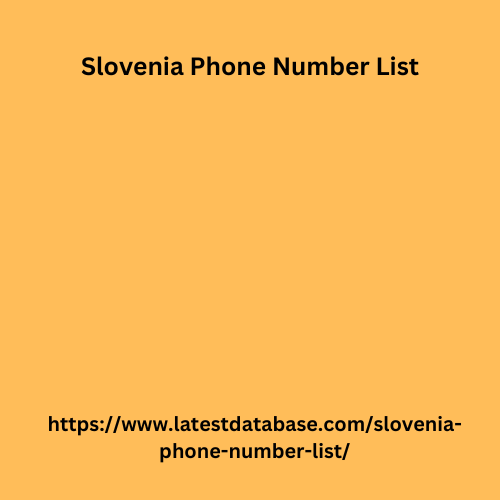Post by account_disabled on Feb 15, 2024 6:32:58 GMT
I'm sure you've seen or at least heard of volume discrepancies in conversions or sessions in Google Analytics and the platforms it offers. These discrepancies can sometimes be very large, and the reason for this is very simple. It's just because they use a different methodology. For example, where can you evaluate Facebook or Google advertising campaigns? If your answer is interfaces or the platforms mentioned, I may have disturbing news for you. CONTENTS Session Inconsistency Transformation Inconsistency Session Inconsistency The first interface incompatibilities are related to sessions. Many people tend to compare clicks and sessions as they wish. But unfortunately in the real world this is not the case. For example, when you examine the results of your campaign on Facebook, the results on Facebook and the results in Google Analytics are far from each other. You probably think there's something wrong.
The reason these metrics are inconsistent is because platforms Slovenia Phone Number List use different measurement methodology. The important thing to understand and remember is that click and session are measured at different times. When a click is measured, the exact session is not actually measured. Try to imagine what it would be like, for example, to have many pop-ups with ads or some large-sized display campaigns after your tracking code is installed and the initial data is sent to Google Analytics. For example, you wanted to close the banner ad you see while browsing any website, but since the close button is too small, when you click on the ad, you will go to the website but leave the site directly. At this point the click is actually measured, but it is not measured as a session when you are not logged in. This problem generally occurs with your display ad campaigns.

So don't be afraid if you see a big difference between session and click rates, you just need to know how to interpret it. Now let's take a look at these three examples. For example, I mentioned that it's typical to get more clicks from sessions. This is very typical for display campaigns and is exactly what we are describing right now. When people make a lot of wrong clicks and their screen is physically turned off, we will have a lot of clicks, but significantly fewer sessions. If there is the same volume of clicks and sessions, this is mostly the case for search campaigns. Because we appear before the user while they are searching for our products or services, accidental clicks are very rare. If the session is larger than the clicks, this is mostly the case for the brand campaign. Therefore, if the user searches for your brand for the first time and you come across it with your brand ad, and if the second time they type the name of your website directly into the browser, then your sessions will be more than your clicks.
The reason these metrics are inconsistent is because platforms Slovenia Phone Number List use different measurement methodology. The important thing to understand and remember is that click and session are measured at different times. When a click is measured, the exact session is not actually measured. Try to imagine what it would be like, for example, to have many pop-ups with ads or some large-sized display campaigns after your tracking code is installed and the initial data is sent to Google Analytics. For example, you wanted to close the banner ad you see while browsing any website, but since the close button is too small, when you click on the ad, you will go to the website but leave the site directly. At this point the click is actually measured, but it is not measured as a session when you are not logged in. This problem generally occurs with your display ad campaigns.

So don't be afraid if you see a big difference between session and click rates, you just need to know how to interpret it. Now let's take a look at these three examples. For example, I mentioned that it's typical to get more clicks from sessions. This is very typical for display campaigns and is exactly what we are describing right now. When people make a lot of wrong clicks and their screen is physically turned off, we will have a lot of clicks, but significantly fewer sessions. If there is the same volume of clicks and sessions, this is mostly the case for search campaigns. Because we appear before the user while they are searching for our products or services, accidental clicks are very rare. If the session is larger than the clicks, this is mostly the case for the brand campaign. Therefore, if the user searches for your brand for the first time and you come across it with your brand ad, and if the second time they type the name of your website directly into the browser, then your sessions will be more than your clicks.



